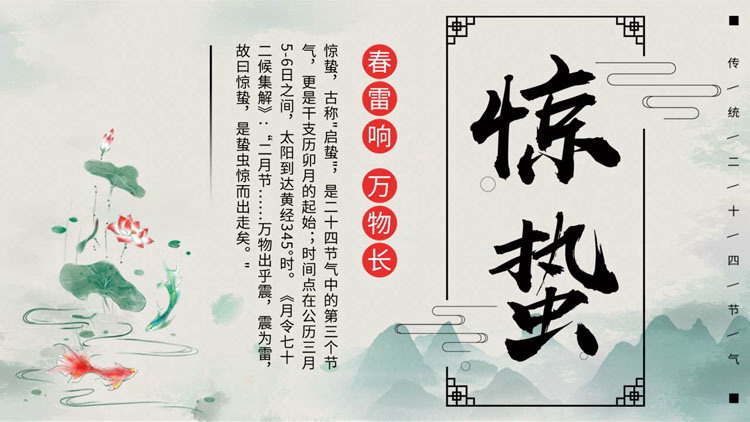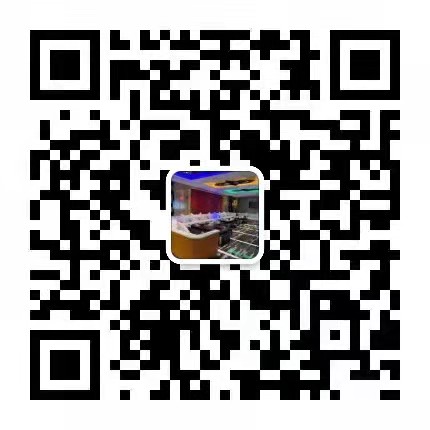一、谁能给我一两篇关于复活节的英语短文啊~办手抄报用的,要有翻译~~
Prior to A.D. 325, Easter was variously celebrated on different days of the week, including Friday, Saturday, and Sunday. In that year, the Council of Nicaea was convened by emperor Constantine. It issued the Easter Rule which states that Easter shall be celebrated on the first Sunday that occurs after the first full moon on or after the vernal equinox. However, a caveat must be introduced here. The "full moon" in the rule is the ecclesiastical full moon, which is defined as the fourteenth day of a tabular lunation, where day 1 corresponds to the ecclesiastical New Moon. It does not always occur on the same date as the astronomical full moon. The ecclesiastical "vernal equinox" is always on March 21. Therefore, Easter must be celebrated on a Sunday between the dates of March 22 and April 25.
在公元325年之前,复活节的庆祝时间可以是一周中不同的时间,而这些时间包括星期五、星期六和星期天。在那些年里,康斯坦丁大帝组建了尼西亚理事会。这个理事会制定了复活节的标准:复活节应该在第一个满月后或是春分后的第一个星期进行庆祝。在这里,我们要作一下解释。在规定中所指的“满月”是基督教的满月,而“满月”的时间定在阴历月份的第十四天,那么,这个月的1号就是基督教的“新月”。由于天文满月,复活节的日期不会是每年的同一天。另外,基督教的“春分”通常是3月21日。因此,复活节必须在3月22日-4月24日之间的其中一个星期天进行庆祝。
The Easter Bunny 复活兔
The Easter Bunny is not a modern invention. The symbol originated with the pagan festival of Eastre. The goddess, Eastre, was worshipped by the Anglo-Saxons through her earthly symbol, the rabbit.
复活兔并不是现代产物。复活兔起源于异教的复活节。当时,耶稣的世俗象征是一个兔子,并被盎格鲁撒克逊人供奉着。
The Germans brought the symbol of the Easter rabbit to America. It was widely ignored by other Christians until shortly after the Civil War. In fact, Easter itself was not widely celebrated in America until after that time.
而德国人将复活兔带到了美国。直至美国南北战争后,复活兔才被大多数基督教人士所重视。事实上,在这次内战结束后,复活节也未在美国被人们广泛地庆祝。
The Easter Egg 复活蛋
As with the Easter Bunny and the holiday itself, the Easter Egg predates the Christian holiday of Easter. The exchange of eggs in the springtime is a custom that was centuries old when Easter was first celebrated by Christians.
与复活兔和复活节一样,复活蛋预示着复活节即将到来。当基督教徒庆祝第一个复活节后,人们开始春天互相交换复活蛋,而这已成为了人们好几百年的习俗。
From the earliest times, the egg was a symbol of rebirth in most cultures. Eggs were often wrapped in gold leaf or, if you were a peasant, colored brightly by boiling them with the leaves or petals of certain flowers.
在早期,复活蛋在许多文明中象征着“再生”。人们常常用金色的叶子包裹复活蛋,或是农民的做法:将复活蛋画得色彩斑斓,并把它和叶子或是真花瓣一起煮沸。
Today, children hunt colored eggs and place them in Easter baskets along with the modern version of real Easter eggs -- those made of plastic or chocolate candy.
在今天,孩子们到处搜刮复活蛋,并将这些蛋放到复活节篮子中。为什么呢?因为现代的复活蛋是用软糖或巧克力做的 -
二、复活节英语手抄报里面有什么英文
As with almost all "Christian" holidays, Easter has been secularized and
commercialized. The dichotomous nature of Easter and its symbols, however, is
not necessarily a modern fabrication.
和其它基督教节日一样,复活节正慢慢“被世俗”和“被商业”。即便如此,复活节的这两个性质和它的标志并不是必然的“现代产物”。
复活节兔子The history of Easter 复活节的历史Since its conception as a holy celebration
in the second century, Easter has had its non-religious side. In fact, Easter
was originally a pagan festival.
“复活节是神圣的庆典”的概念在公元200年已经形成,自那时起,复活节就站在了非宗教的一方。而事实上,最初的复活节是异教徒的节日。
The ancient Saxons celebrated the return of spring with an uproarious
festivalcommemorating their goddess of offspring and of springtime, Eastre. When
the second-century Christian missionaries encountered the tribes of the north
with their pagan celebrations, they attempted to convert them to Christianity.
They did so, however, in aclandestine manner.As with almost all "Christian" holidays, Easter has been secularized and
commercialized. The dichotomous nature of Easter and its symbols, however, is
not necessarily a modern fabrication.
和其它基督教节日一样,复活节正慢慢“被世俗”和“被商业”。即便如此,复活节的这两个性质和它的标志并不是必然的“现代产物”。
复活节兔子The history of Easter 复活节的历史Since its conception as a holy celebration
in the second century, Easter has had its non-religious side. In fact, Easter
was originally a pagan festival.
“复活节是神圣的庆典”的概念在公元200年已经形成,自那时起,复活节就站在了非宗教的一方。而事实上,最初的复活节是异教徒的节日。
The ancient Saxons celebrated the return of spring with an uproarious
festivalcommemorating their goddess of offspring and of springtime, Eastre. When
the second-century Christian missionaries encountered the tribes of the north
with their pagan celebrations, they attempted to convert them to Christianity.
They did so, however, in aclandestine manner.
三、英语节日手抄报
节日英语有:New Year's Day、Christmas Day、Easter Day、Thanksgiving Day、Teacher's Day。
1、New Year's Day 元旦
每年1月1日庆祝新的一年开始,人们举办各种各样的新年晚会,到处可以听到"辞旧迎新"的钟声。
例句:New Year's Day is a public holiday throughout Britain
元旦是全英国的公众假日。
2、Christmas Day 圣诞节
圣诞节(Christmas)又称耶诞节,译名为“基督弥撒”,它源自古罗马人迎接新年的农神节,与基督教本无关系。在基督教盛行罗马帝国后,教廷随波逐流地将这种民俗节日纳入基督教体系,同时以庆祝耶稣的降生。
例句:He cheered up on Christmas Day itself.
他圣诞节那天振作起来了。
3、Easter Day 复活节
一般在每年春分后月圆第一个星期天,约在3月7日左右.该节是庆祝基督 ( Jesus Christ)的复活,过节人们吃复活节彩蛋(Easter Eggs)。
例句:Glorious truth of Easter Day!
这就是复活节光荣的真理。
4、Thanksgiving Day 感恩节
感恩节(Thanksgiving Day),西方传统节日,是美国人民独创的一个节日,也是美国人合家欢聚的节日。
例句:Thanksgiving Day arrived, I always grateful for having this life have you.
感恩节到了,我始终感恩于今生有你。
5、Saint Valentine's Day 情人节
这个节日是英美等国一个十分重要的节日,时间是每年的2月14日。现在在中国也非常的受欢迎,很多年轻人为了表达爱意,在情人节这天会为情人准备鲜花、巧克力等物品,给对方一个惊喜。
例句:What do people usually do on Saint Valentine's Day?
人们通常在情人节干什么?













